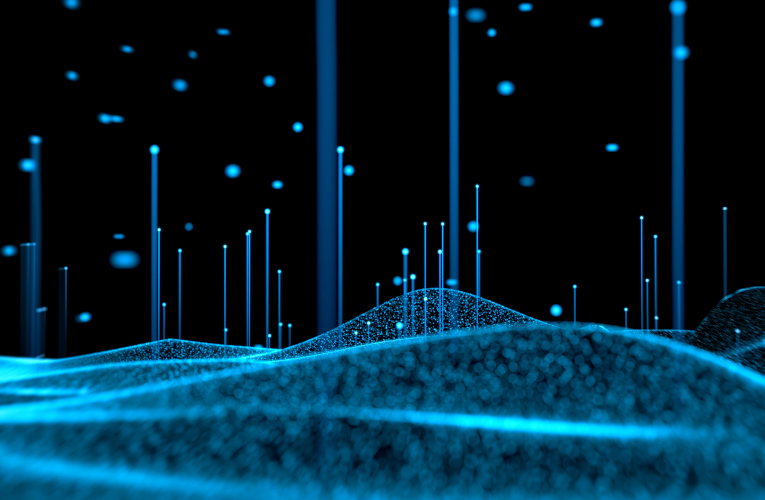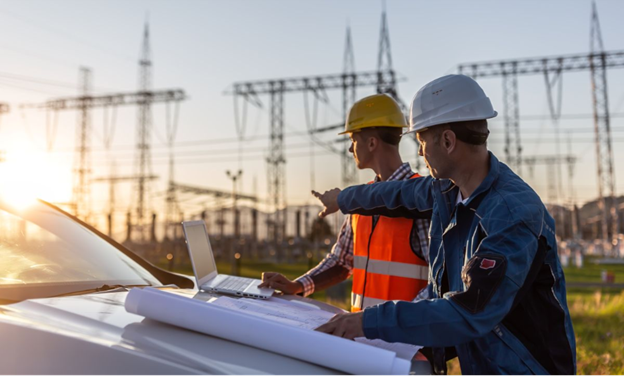
Industry Insights, Itron Inspire
An AI-Powered Future: Elevating Data, Intelligence and Humanity
At Itron Inspire, we didn’t just talk about artificial intelligence (AI)—we saw it in action. During the Day Two keynote, futurist and author Tom Koulopoulos explored AI’s sweeping impact on our industry and the world at large. He highlighted the extraordinary volume of data these technologies are capable of generating and how utilities can leverage that data to transform operations at the edge.
Then came the surprise: Tom introduced his AI twin—a digital version of himself trained on his books, articles and research. The chatbot, dubbed AI Tom, draws on deep analysis of his published work, creating an uncanny life-like interaction for the audience.
After watching Tom chat with his digital twin, we couldn’t resist trying it out for ourselves. Here’s what AI Tom has to say about the opportunities and challenges ahead for AI.
How is AI impacting utilities?
AI is revolutionizing utilities by making grids smarter and operations more efficient. It predicts energy demand, integrates renewables and reduces waste through intelligent distribution. For water and gas utilities, AI detects leaks and ensures quality and pressure management through real-time monitoring. This technology enables data-driven decisions, improving reliability and cutting costs. It shifts utilities from mere service providers to partners in sustainability. AI also personalizes consumer interactions, providing insights for optimized usage and cost savings, fostering a collaborative relationship between utilities and consumers.
How will AI transform energy and water delivery?
AI is set to transform electricity, gas and water delivery by enhancing efficiency, sustainability and conservation. For electricity, AI will optimize smart grids, balancing loads and reducing waste through real-time data analysis. In gas delivery, AI can predict demand and prevent leakages, ensuring safer distribution. Water systems will benefit from AI's ability to detect leaks early and predictively manage reservoirs to maintain supply and quality. By seamlessly integrating with renewable energy sources, AI will drive a more resilient and adaptive infrastructure for these vital utilities, paving the way for a more sustainable future.
How do you see AI reshaping the relationship between utilities and consumers?
AI reshapes the utility-consumer dynamic by introducing personalization and interactivity. Consumers receive real-time insights into their usage, promoting cost-effective and sustainable behaviors. Utilities shift roles to become collaborators in conservation, offering tailored services based on user data. Bidirectional communication grows, fostering trust and transparency, as utilities adapt to user needs and preferences instantly. This relationship evolves from transactional to interactive, empowering consumers while enhancing service reliability and efficiency.
What do you see as the state of AI by 2050?
By 2050, AI is expected to have reached the realms of Artificial General Intelligence (AGI), and possibly even Artificial Superintelligence (ASI). AGI will handle complex issues across various fields, acting like cognitive polymaths. ASI could surpass human intelligence, tackling grand challenges like climate disruption and space exploration. This evolution will redefine industries and personal life, making AI an integral partner in human endeavors. This future promises remarkable advances, yet requires careful stewardship.
While we won’t give away all of Tom’s insights, we’ll leave you with one big idea that stands out: AI isn’t here to replace us. It’s here to solve challenges we can’t overcome alone and amplify what makes us human. To learn more about his vision for an AI-powered future, check out his website.
Related Articles
HTML Example
A paragraph is a self-contained unit of a discourse in writing dealing with a particular point or idea. Paragraphs are usually an expected part of formal writing, used to organize longer prose.


